Bassarova, M.; Archer, M.; and Hand, S.J. December 20, 2001. “New Oligo-Miocene Pseudocheirids (Marsupialia) of the Genus Paljara from Riversleigh, Northwestern Queensland.” Memoirs of the Association of Australasian Palaeontologists 25:61-75.
Burbidge, A.; Woinarski, J.; Winter, J.; and Runcie, M. 2008. “Petropseudes dahlia.” In: IUCN 2013. International Union of Conservation of Nature and Natural Resources Red List of Threatened Species. Version 2013.2. Retrieved on March 3, 2014.
- Available at: http://www.iucnredlist.org/details/40580/0
Collett, R. (Robert). 1897. "On a Collection of Mammals from North and North-West Australia." Proceedings of the General Meetings for Scientific Business of the Zoological Society of London for the Year 1897. Part II. Containing Papers Read in March and April. Vol. XX (March 16, 1897): 317-335. London: Longmans Green, and Co. Retrieved on March 3, 2014.
- Available via Internet Archive at: https://archive.org/details/proceedingsofgen97scie
Duff, Andrew; and Lawson, Ann. 2004. Mammals of the World: A Checklist. Yale University Press.
Flannery, Timothy F. 1994. Possums of the World: A Monograph of the Phalangeroidea. Chastwood, Australia: GEO Productions in association with the Australian Museum.
Jones, Frederic Wood. 1922. "The External Characters of Pouch Embryos of Marsupials. No. 4 - Pseudochirops dahli." Transactions and Proceedings of the Royal Society of South Australia 46:119-130. Retrieved on March 3, 2014.
- Available via Internet Archive at: https://archive.org/details/transactionspro461922roya
Kerle, Jean Anne. 2001. Possums: The Brushtails, Ringtails and Greater Glider. Sydney: University of New South Wales Australian Natural History Series. Retrieved on March 3, 2014.
- Available at: http://books.google.com/books?id=YDM0hjAwchUC&lpg=PT65&dq=Petropseudes%20dahli&pg=PT66#v=onepage&q=Petropseudes%20dahli&f=false
Larsen, Fredrik. June 8, 2012. "Norwegian Builders of Australia." ReiseFredrik i Australia. Retrieved on March 3, 2014.
- Available at: http://reisefredrik.com/2012/06/08/norwegian-builders-of-australia/
Malkin, Bonnie. December 3, 2008. “Australia’s White Possum Could Be First Victim of Climate Change.” Telegraph Media Group Limited. Retrieved on March 3, 2014.
- Available at: http://www.webcitation.org/60YWHH1ah
Menkhorst, Peter; and Knight, Frank. 2001. A Field Guide to the Mammals of Australia. South Melbourne: Oxford University Press.
Meredith, Robert W.; Mendoza, Miguel A.; Roberts, Karen K.; Westerman, Michael; and Springer, Mark S. March 2, 2010. “A Phylogeny and Timescale for the Evolution of Pseudocheiridae (Marsupialia: Diprotodontia) in Australia and New Guinea.” Journal of Mammalian Evolution17(2):75-99. Retrieved on March 3, 2014.
- Available at: http://www.ncbi.nlm.nih.gov/pmc/articles/PMC2987229/
Nowak, Ronald M. 1999. Walker's Mammals of the World. Sixth Edition. Volume I. Baltimore: Johns Hopkins University Press.
Nowak, Ronald M. 2005. Walker's Marsupials of the World. Baltimore: Johns Hopkins University Press.
"Petropseudes dahli." Digital Morphology: A National Science Foundation Digital Library. Austin: University of Texas. Retrieved on March 3, 2014.
- Available at: http://www.digimorph.org/specimens/Petropseudes_dahli/
"Petropseudes dahli: Rock Ringtail Possum." Encyclopedia of Life. Retrieved on March 3, 2014.
- Available at: http://eol.org/pages/323830/details
Ride, W.D.L. A Guide to the Native Mammals of Australia. Melbourne: Oxford University Press, 1970.
"Rock Ringtail: Petropseudes dahli." P. 120 in Grzimek's Animal Life Encyclopedia, Second Edition. Volume 13: Mammals II, edited by Michael Hutchins, Devra G. Kleiman, Valerius Geist, and Melissa C. McDade. Farmington Hills, MI: Gale Group, Inc., division of Thomson Learning Inc., 2004.
Schwarten, Evan. March 27, 2009. “’Extinct’ Possum Found in Daintree.” Ninemsn Pty Ltd. Retrieved on March 3, 2014.
- Available at: http://www.webcitation.org/60YVi5e2g
Strahan, Ronald; and Conder, Pamela. 2007. Dictionary of Australian and New Guinean Mammals. CSIRO Publishing.
Stroede, Robert. 2007. "Petropseudes dahli: Rock Ringtail Possum (On-line)." Animal Diversity Web. University of Michigan Museum of Zoology. Retrieved on March 3, 2014.
- Available at: http://animaldiversity.ummz.umich.edu/accounts/Petropseudes_dahli/
Webb, Myf. "TS-CRC Student Project - Ecology and Behaviour of Tropical Rock-haunting Possums (Petropseudes dahli and Wyulda squamicaudata)." Tropical Savannas Cooperative Research Centre. Retrieved on March 3, 2014.
- Available at: http://savanna.cdu.edu.au/education/myf_runcie.html
Wilson, D.E.; and Reeder, D.M. 2005. Mammal Species of the World: A Taxonomic and Geographic Reference, Third Edition. Johns Hopkins University Press.


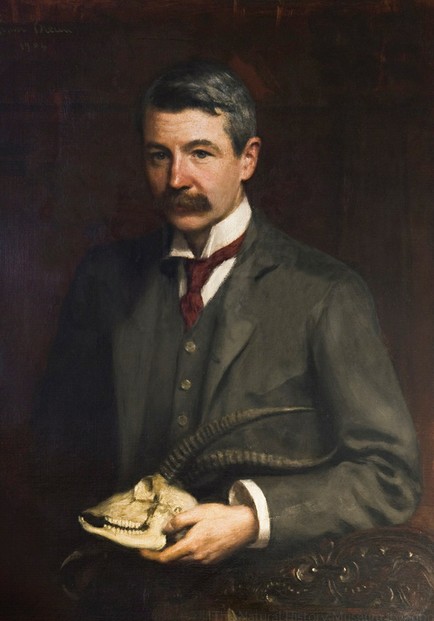
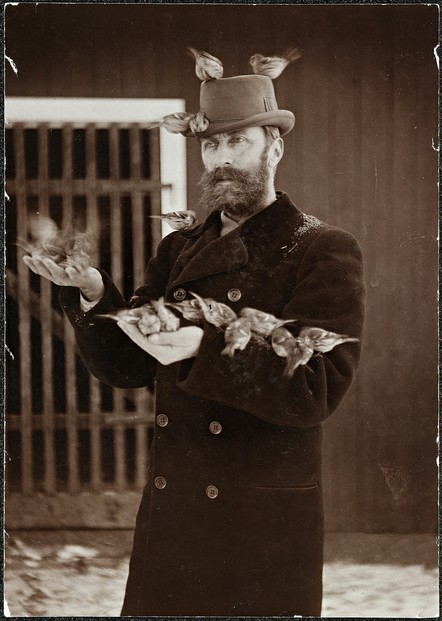
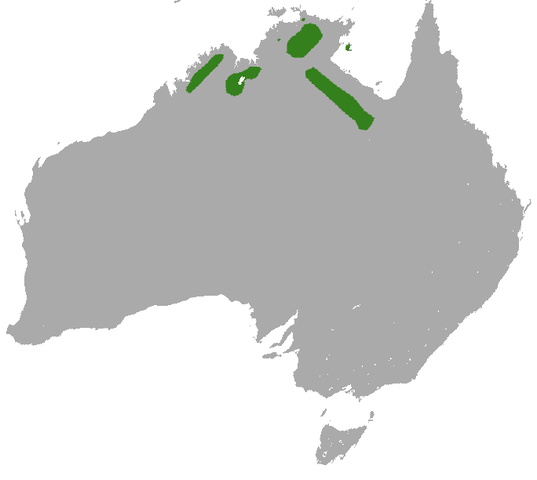
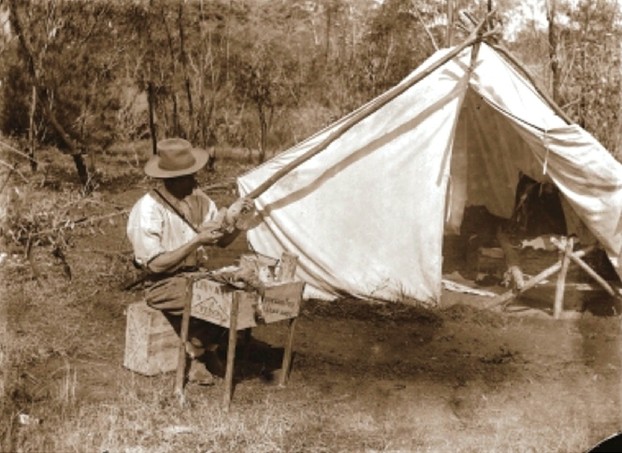
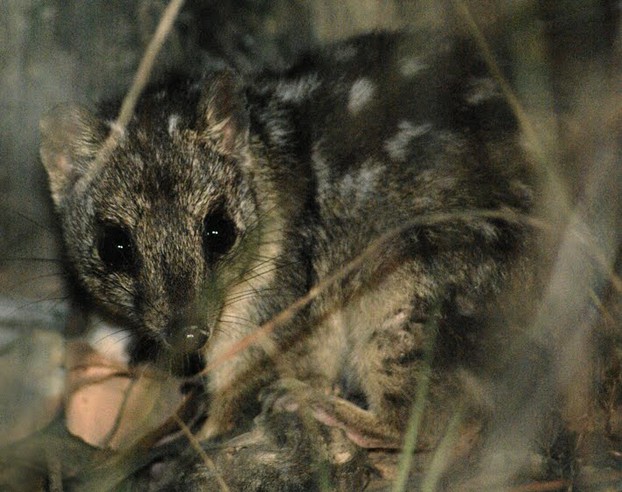
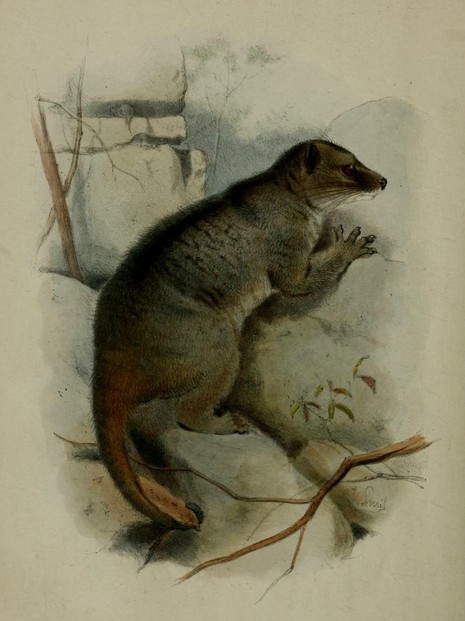
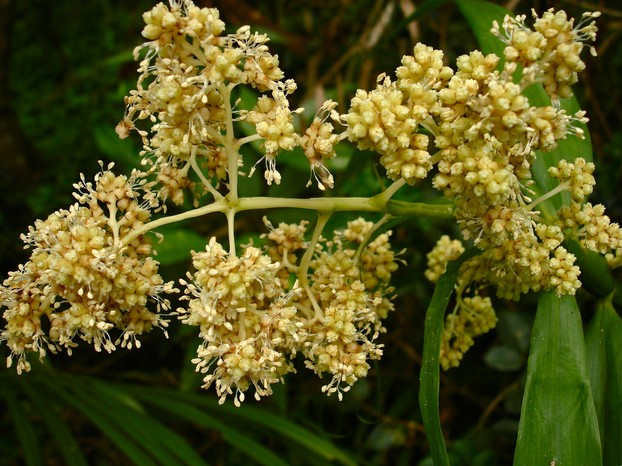
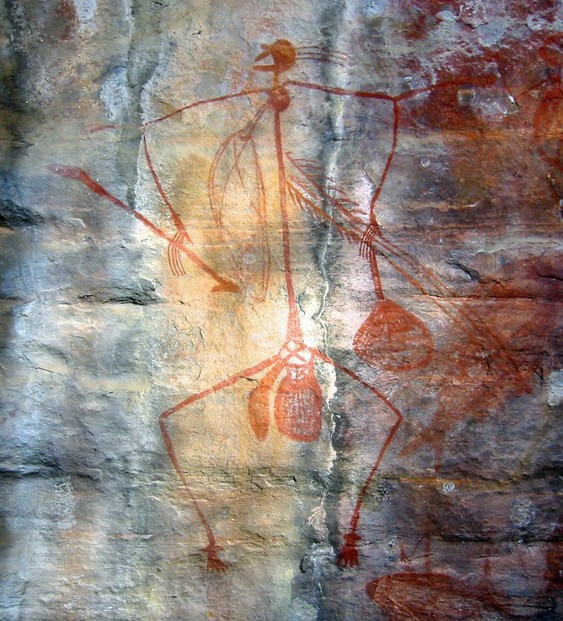
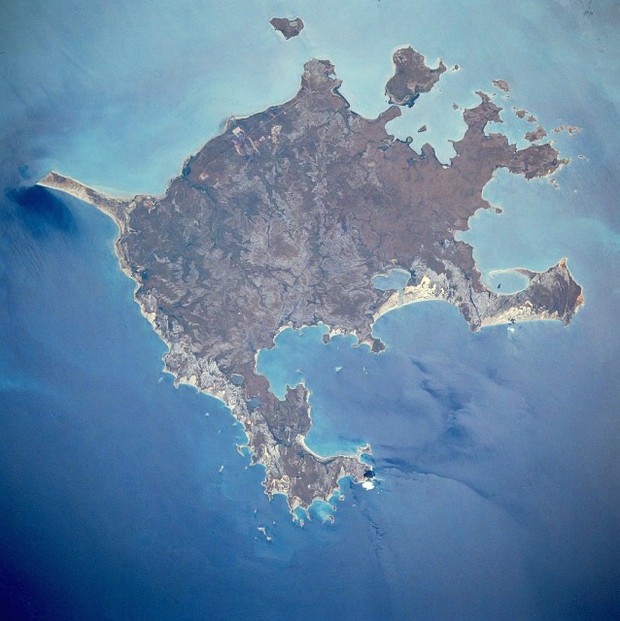
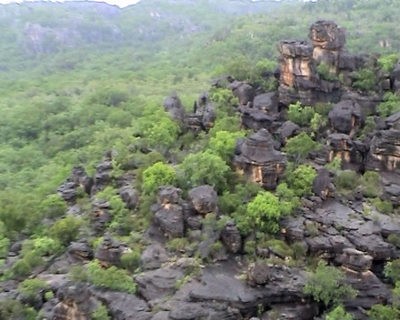





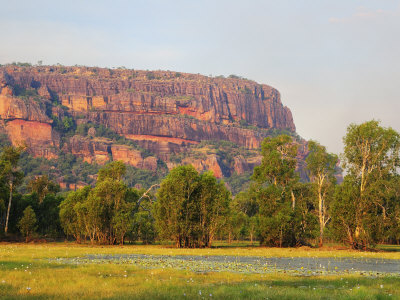
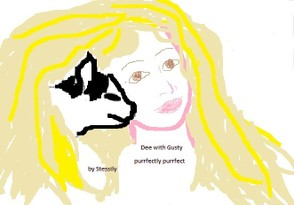


 Are Hawaiian Huakai Po Nightmarchers Avenging Halloween Thursday?on 10/02/2024
Are Hawaiian Huakai Po Nightmarchers Avenging Halloween Thursday?on 10/02/2024
 Mailing Addresses for 2023 Form 4868 Extending 1040 and 1040SR April 15, 2024, Due Dateon 04/15/2024
Mailing Addresses for 2023 Form 4868 Extending 1040 and 1040SR April 15, 2024, Due Dateon 04/15/2024
 Mailing Addresses for 2023 Forms 1040 and 1040SR Filed in 2024on 04/15/2024
Mailing Addresses for 2023 Forms 1040 and 1040SR Filed in 2024on 04/15/2024
 Mailing Addresses for 2022 Form 4868 Extending 1040 and 1040SR April 18, 2023, Due Dateon 04/13/2023
Mailing Addresses for 2022 Form 4868 Extending 1040 and 1040SR April 18, 2023, Due Dateon 04/13/2023

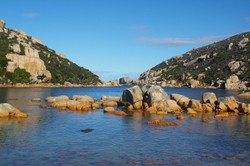
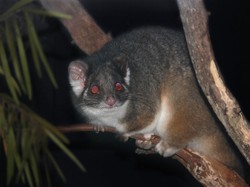
Comments
For those wondering about Norwegian zoologist and explorer Knut Dahl's discovery and collecting of the rock-haunting ringtail possum:
In 1927, Knut Dahl (Oct. 28, 1871-June 11, 1951 published In savage Australia: An Account of a Hunting and Collecting Expedition to Arnhem Land and Dampier Land. His description of his search and discovery of Petropseudes dahli appeared in Chapter XI The Discovery of the Rock Phalanger (pages 196-217).
In his account Dahl referenced the rock-haunting ringtail possum as wogoit. On Saturday, May 4, 1895, he learned the local name from Jackie, an Australian Aboriginal. Jackie had responded with the usual "head shakings and a soft laugh" to Dahl's queries about a "tree-kangaroo." But then Jackie had a recollection; after an "excited conversation in Warai" with another Aboriginal, Jackie declared, "Dat won wogoit." Jackie described the wogoit as "a large kind of opossum" inhabiting "hollows and crevasses among the rocks" during the day and "feeding in the trees" during the night (pages 202-203) (Internet Archive @ https://archive.org/details/insavagea...).
The computer crashed afore I could convey the concluding components to my observation and question below.
Online sources designate as zoomusicology the musical communication and sounds among animal sentients.
What ancient culture first might have mulled such musical compositions?
The section above the seventh image, Rock-haunters favor fragrant panicle of white flowers of Flagellaria indica: climbing plant is native to Australia and other subtropical and tropical regions of Australasia and Asia, causes me to consider rock-haunting ringtail-possum movements and sounds for a dance-and-music presentation.
Mightn't two compelling enchanting images manifest as rock-haunting ringtail possums moving their tails back and forth against tree trunks and mustering tree-branch guard duty?
The paragraph under the Smit illustration, as sixth in-text image, advises us of rock-haunting ringtail possums arranging themselves into continuous body bridges where branches avoid adequate continuity or length.
Mightn't that make a magnificent, marvelous photograph for a lego or plush-toy display?
Mightn't that make a magnificent marvel if lego-toy displays managed to manifest such hand-paw to foot-paw maneuvers?
Rock-haunting ringtail possums assure fellow inhabitants of the Land Down Under of ample if not adequate accruals annually of blossoms (Darwin’s stringybark [Eucalyptus tetrodonta] and woollybutt [E. miniata]) and leaves (prune [Sersalisia sericea] and supplejack [Flagellaria indica]).
The afore-designated animal sentients diet upon the afore-detailed plant parts. How do they not damage or destroy similar diets of other blossom and leaf devourers?
Rock-haunting ringtail possums never drink or eat to excess!
Ring-tailed air, land and water fish and mammal sentients attract me.
The afore-counted sentient creatures always cooperate with lego and tinker-toy, plush-toy displays in library, museum and school-library corners.
Such displays detail such sentients as rock-haunting ringtail possums in their native domiciles. Additionally, it enchants me to express such educational takeaways as bags, beanies, scarves and shirts.
Even more additionally, it interests me to ideate such drinkable and edible takeaways as items from their diets. Their emu apple (Owenia vernicosa) fruits, blackberry (Vitex glabrata) flowers and fruits and leaves, jujube (Ziziphus oenoplia) red-date fruits, plum (Terminalia ferdinandiana) flowers and fruits and leaves inspire such intriguing culinary itineraries!
Mightn't it be magnificently, marvelously munchable to match apple, blackberry, plum and red-date fruits and juices?
Rock-haunting ringtail possums appear around aboriginal art-archiving rocks.
No aboriginal-art rocks domicile rock-haunting ringtail possum depictions.
But perhaps we have yet to harvest them from hidden aboriginal art-honored hidden rocks.
Isn't it additionally interesting to investigate whether or not there is any information about such an impressive species in aboriginal folktales, legends and myths?
Mira, Yes, rock-haunters do care about survival.
Me, too, I enjoy the videos, but unfortunately no videos about rock-haunters could be found. :-(
Rock-haunters certainly live in an interesting landscape, including rocks decorated with aboriginal art. I would have liked to find a depiction of rock-haunters in aboriginal artwork.
So they eat leaves, fruit, flowers AND sap? They sure do know how to survive :)
I was also amazed by that stick figure drawing you're showing. Aboriginal art can be quite interesting. I was looking to find a video, too. Really enjoyed it/them last time. :)